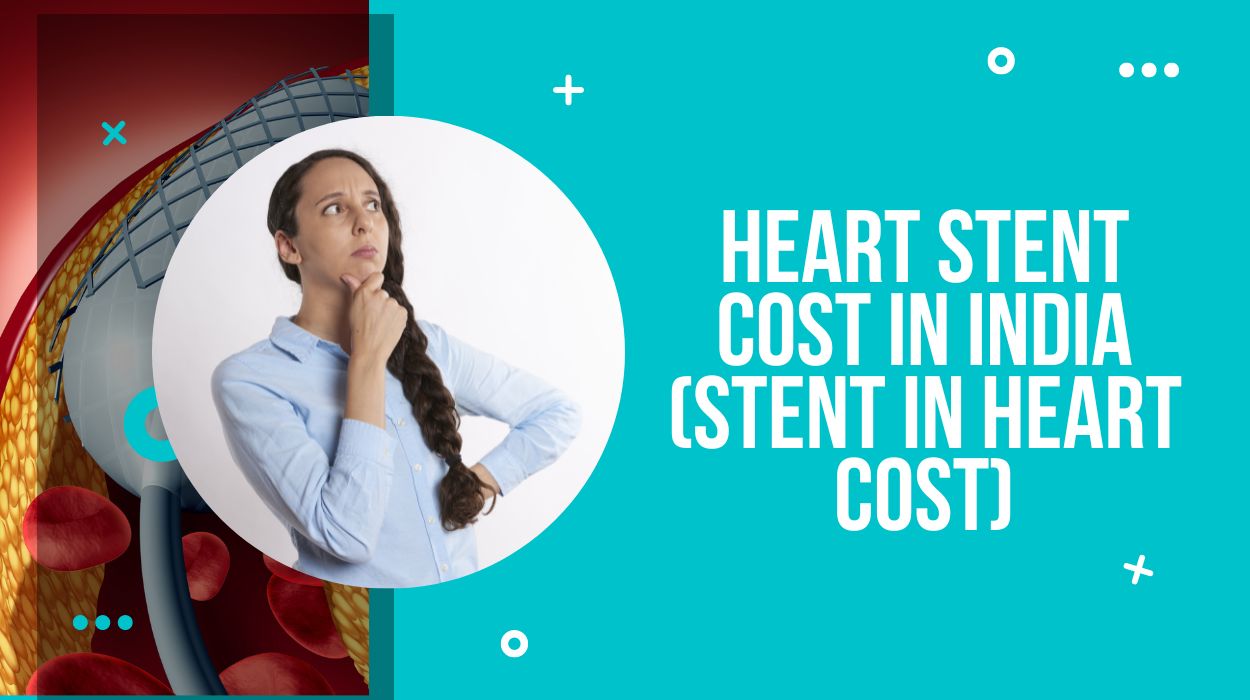Heart patients who need angioplasty and stents now have a cause to be optimistic about their treatment options. After almost a year of negotiations, the government finally agreed on a price for stents, reducing the cost by as much as 85 percent. Prices for drug-eluting stents will be set at 29,600 while the prices for bare-metal stents will be fixed at 7,260, according to an announcement made by the National Pharmaceutical Pricing Authority. In contrast, the pricing of drug-eluting stents now varies between Rs. 40,000 to Rs. 1.98 lakh, depending on the manufacturer. In a similar vein, bare-metal stents cost patients on average between Rs. 22,3000 and Rs. 55,75,000 each procedure.
In July of last year, stents were added to the National List of Essential Medicines and Schedule I of the Drug Prices Jurisdiction Order, 2013, in December, placing the devices under the Drug Prices Control Order’s control 2013. Following the announcement, all stent producers and importers would be required to price their goods below the previously announced ceiling price.
Is there a specific method by which stenting works?
Despite their small size, these tiny gadgets may keep arteries open and perhaps save lives. In this video, Senior Cardiac Nurse Emily McGrath learns from Professor Simon Redwood about the operation of stents.
What Exactly Do Stents Do?
These small but critical devices may keep an artery open in a location where it has narrowed due to a blockage. It is necessary to implant them as part of an angioplasty operation, either as an emergency treatment for a heart attack or as part of a scheduled surgery to expand an artery that has been constricted due to the accumulation of fatty plaque on the inside of the arterial wall.
Angioplasty without a stent may cause the artery to recoil and narrow again after being stretched out using a balloon alone. With conventional treatment, the chance of re-narrowing is around 30%; however, with the insertion of a stent, the risk is reduced to approximately 10–15%. The trouble is much lower if the stent is a drug-eluting stent, at roughly 2–3 percent, depending on the manufacturer.
When placed in your coronary arteries, stents may effectively cure heart attacks and angina. The procedure may also be performed in the legs (to treat peripheral arterial disease) and, on rare occasions, in the neck (if you have a constriction of the carotid artery, which feeds blood to your brain), or in the renal arteries, which supply blood to your kidneys.
What Is The Look Of The Stents On The Exterior Of The Patient?
In appearance, stenting devices are cylindrical and are constructed of skinny metal mesh.
What Is The Size Of A Stent?
Stents are typically 15–20mm in length, however, they may range from 8–48mm in length and 2–5mm in diameter. The most frequent sizes are 15–20mm and 2–5mm, respectively.
Stents Are Implanted In A Variety Of Ways
A long hollow tube (catheter) is put into the artery from the wrist or groin and directed (with the help of X-rays) to the constricted section of the artery. Through the catheter and into the constriction is threaded a very tiny wire with great care. Finally, a balloon containing squashed-down stent is put over that wire and into the patient’s body.
As soon as the cardiologist is satisfied that it is in the proper location, the balloon is inflated, enlarging the constricted portion of the artery and expanding the stent to fit the arterial wall. This procedure takes about an hour. The catheter, balloon, and wire are then withdrawn, leaving the stent in its original position. The operation takes around 30–60 minutes on average.
What Is The Composition Of A Stent?
A metal such as stainless steel, platinum-chromium, or cobalt-chromium is used to construct the device. Furthermore, it may be coated with a polymer and, in most instances, with a pharmacological coating to prevent scar tissue from forming between the holes in the stent (as this could cause re-narrowing).
Is It Going To Be Painful?
In most cases, it is painless. Because the interior of the artery does not have any nerve endings, yot feels anything there.
When the balloon is inflated, some patients report experiencing moderate chest pains. You’ll be awake and lying down for the duration of the session. Some individuals may need sedation, although the majority will not require it.
Is It More Common To Insert A Stent Via The Groin Or Through The Wrist?
It is more common to put catheters into the wrist since there is a decreased risk of bleeding from the insertion location. However, when doing complex operations, it is preferable since the groin allows for more significant catheters and may occasionally provide better access.
What’s The Deal With Stents Being So Expensive?
Its trading margins vary from 11 percent to a mind-boggling 1000 percent at different points throughout the distribution chain. In the wake of the recent government proposal to regulate stent costs, those of us who were comforted by the notion that stent prices are high because of their innovative character have been confronted with unwelcome reality.
When you buy a stent, most of the money you spend goes toward the profit margins given to the several hands it travels through before reaching the patient. A situation comparable to that of food, in which the farmer’s price increases before it reaches the customer due to the several layers of intermediaries along the supply chain.
Conclusion
According to data previously shared by the National Pharmaceutical Manufacturers Association, the price of stents increases exponentially by as much as 1,000 percent from the time of manufacture to the By the time it hits patients, and hospitals are reaping huge profits, with margin as much as 650 percent in certain instances.
Sources:
https://www.ncbi.nlm.nih.gov/pmc/articles/PMC5107494/
https://www.mayoclinic.org/tests-procedures/carotid-angioplasty-and-stenting/about/pac-20385111


